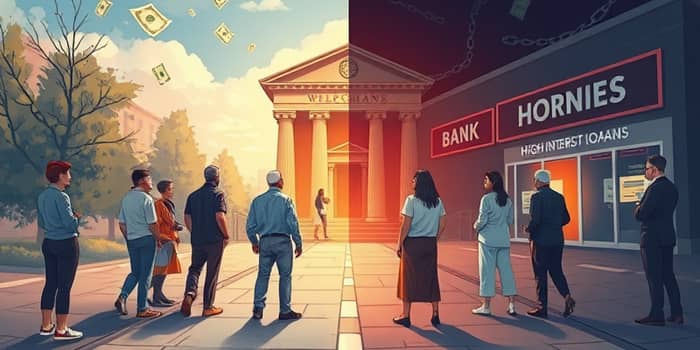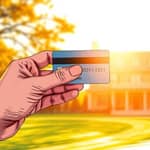
Millions of Americans navigate life without a bank account, facing unique hurdles when seeking credit. Whether driven by past banking issues or a preference for cash, being unbanked often means limited, costlier borrowing options. This article unpacks the reality of personal loans without a bank account and offers practical guidance for securing safer, more affordable credit.
As of 2019, approximately 7.1 million U.S. households were unbanked, lacking a checking or savings account. Reasons range from distrust of financial institutions to negative banking histories. Overdrafts, involuntary closures, or a desire for anonymity can push individuals toward cash-only lifestyles.
Being unbanked presents a cycle of challenges: without a bank account, verifying income and managing payments becomes difficult. Lenders view this as a higher risk, often denying conventional loans or imposing steep terms.
Banks and credit unions rely on a checking account to streamline every step of a personal loan. From confirming steady paychecks to direct fund transfers, a bank relationship underpins the entire lending process.
Many lenders employ instant bank verification tools to assess spending habits and income regularity. Without these transparent insights, the borrower’s reliability remains uncertain.
When traditional pathways close, unbanked individuals often turn to high-cost, short-term lenders. While these options may provide quick cash, they come with significant trade-offs.
Though accessible, these products can trap borrowers in debt cycles driven by high fees, making long-term financial stability elusive.
Resorting to alternative lenders carries multiple hazards beyond sky-high interest rates. Here’s what to watch out for:
These factors can lead to a cycle of mounting obligations and limited options for relief.
Opening a checking account is the gateway to more affordable credit and healthier money management. With a bank account, consumers can access unsecured loans featuring APRs between 8.99%–23.99% and repayment terms from 36 to 60 months.
A bank account also enables digital fund transfers and automated management, reducing the risk of missed payments and supporting positive credit behavior.
This side-by-side comparison highlights how mainstream loans deliver better terms and lower risk of repossession or spiraling debts.
Securing a personal loan from a bank or credit union requires thorough preparation. Be ready to present:
Improving approval odds involves maintaining a low debt-to-income ratio and building a positive payment history. Consider small secured accounts or credit-builder loans to establish creditworthiness.
For those in urgent need, numerous nonprofit and government programs offer small-dollar emergency loans or grants. While some require bank accounts for distribution, others can disburse aid via prepaid cards or checks.
Organizations such as the Consumer Financial Protection Bureau provide resources to compare loan terms and avoid predatory practices. Free financial counseling can also guide you in securing safer, lower-cost credit.
Choosing the right borrowing option is critical. While high-cost alternatives may offer quick relief, they risk deepening financial hardship. Opening a bank account unlocks access to mainstream loans with fairer terms, automated management, and lower APRs.
Start by researching local credit unions or community banks that welcome new customers with minimal fees. Seek financial education programs and use online tools to compare loan offers. By taking proactive steps today, you can move toward long-term stability and independence, leaving high-cost borrowing behind and embracing a more secure financial future.
References













